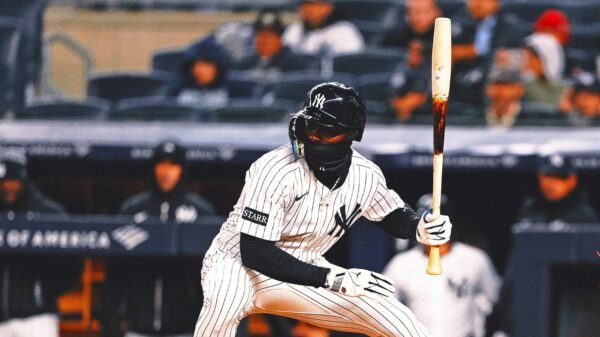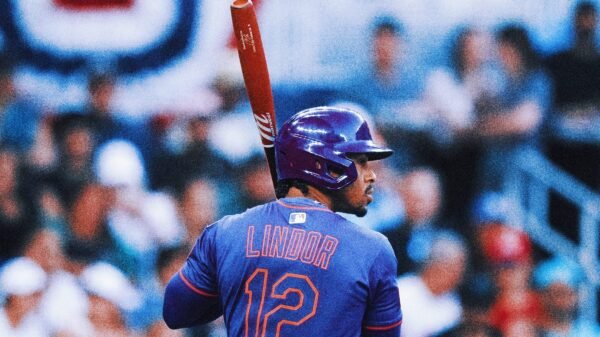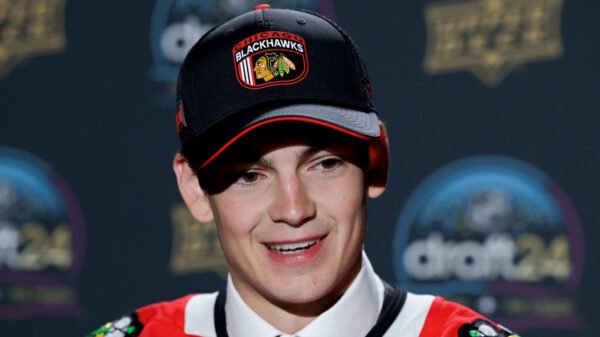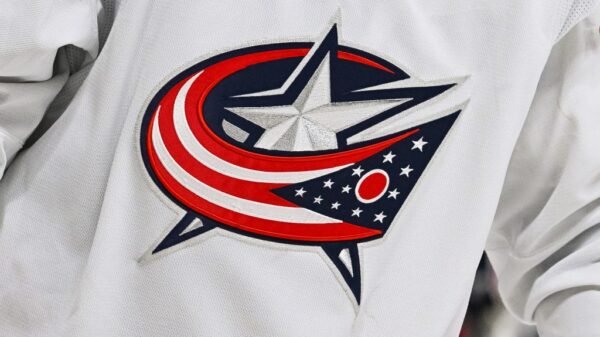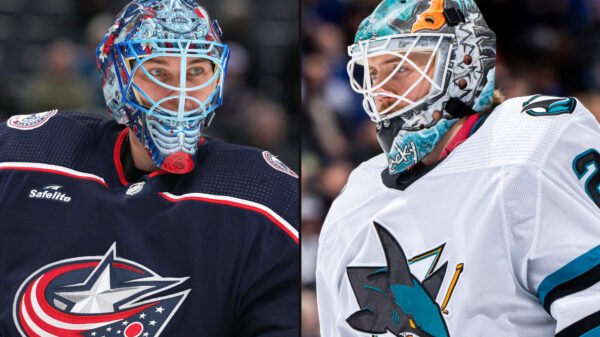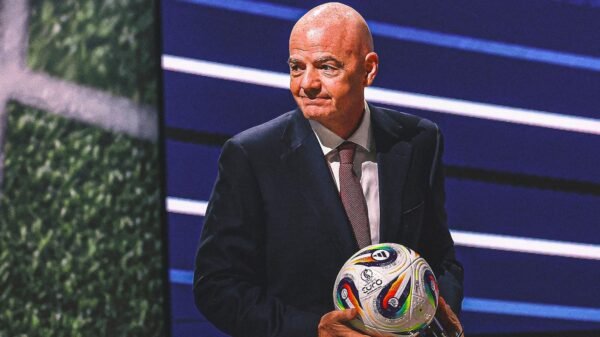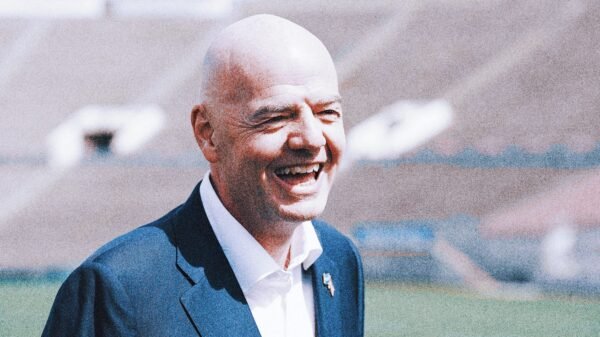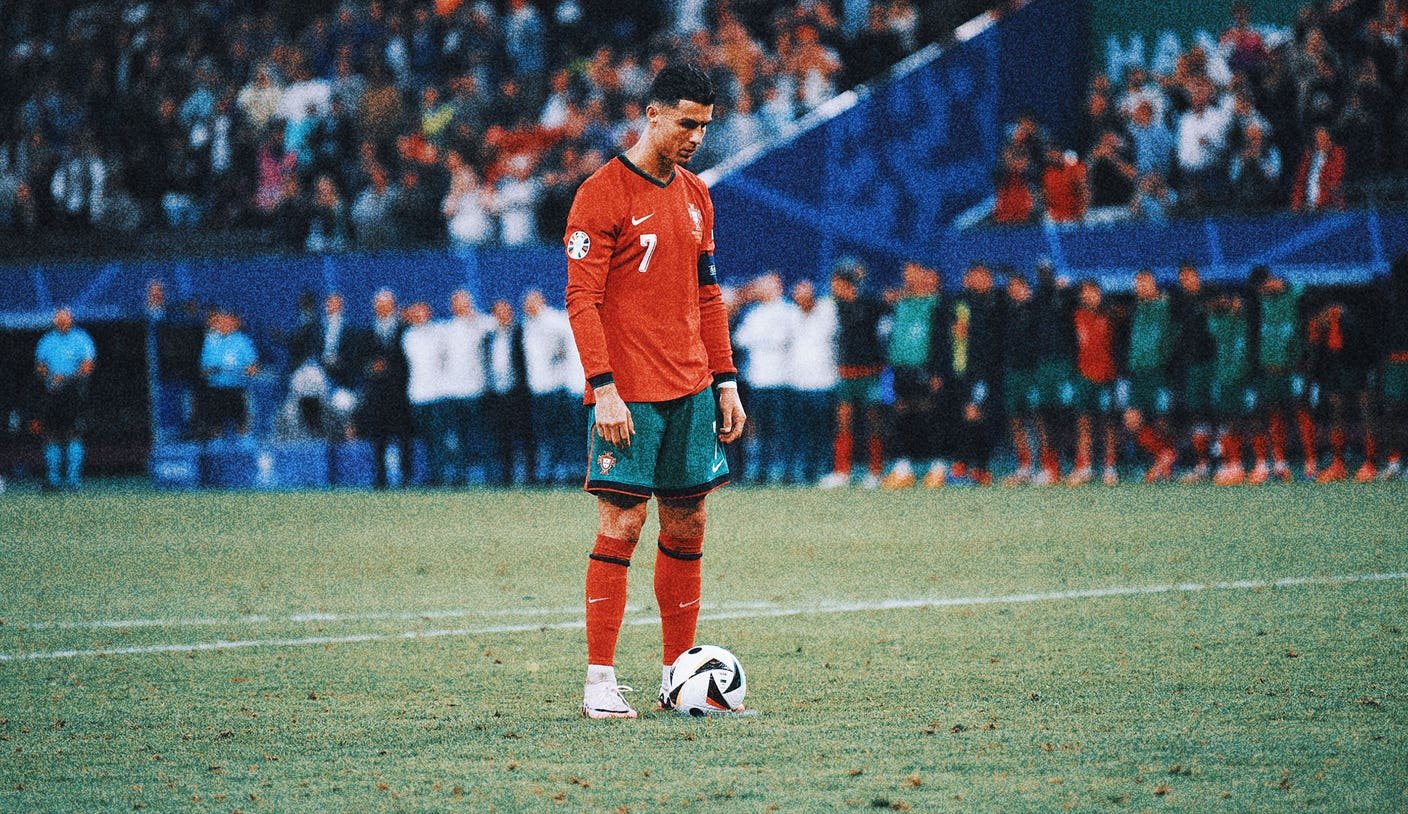The new World Cup qualifying draw for European teams gives the Nations League more weight by integrating its results into the seeding process. This innovative approach combines the eight quarterfinalists from the Nations League with four top-ranked teams that do not advance to the UEFA competition’s final stages. Consequently, when the draw occurs in December, placeholders will represent the top-seeded teams, as the Nations League will still be in progress. Teams will not know their specific top-seeded opponents until March 23, when the quarterfinals conclude.
FIFA shared its updated format in a recent briefing to UEFA member federations, highlighting significant changes from the qualifying process for the 2022 World Cup, where seedings were based solely on FIFA world rankings. This shift aims to create a more dynamic competitive environment.
The revised seeding proposal opens doors for lower-ranked teams, such as Hungary, Israel, Scotland, and Bosnia-Herzegovina, to enhance their FIFA standings through strong performances in the Nations League. Conversely, elite teams like France, Spain, England, and Belgium will continue to have a streamlined path to top seeds. Despite England’s recent drop to League B in the Nations League, it currently ranks as the third highest European nation, trailing only France and Spain.
Achieving a top seed is crucial for teams aiming to sidestep the toughest competition, as only the top team from each of the 12 groups is assured a spot in the 2026 World Cup, which will take place across the United States, Canada, and Mexico.
FIFA is expected to confirm the details of the World Cup qualifying draw later this week, which is anticipated to be the most intricate yet in European football history.
The newly structured smaller groups allow UEFA to incorporate knockout and playoff rounds into the multi-tier Nations League competition, enhancing its overall format.
Nations League matches will conclude on November 19, followed by the draw for quarterfinal pairings just three days later. The winners of these two-leg quarterfinals, scheduled for March 20-23, will advance to a Final Four mini-tournament in June.
Teams reaching the Final Four will not be available for World Cup qualifying matches in June. Instead, they will be assigned by FIFA into four-team World Cup qualifying groups, commencing their matches in September of the following year.














